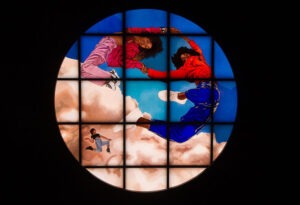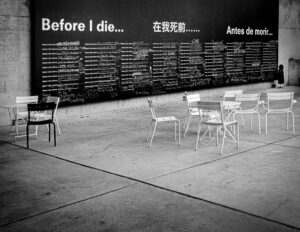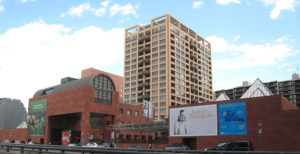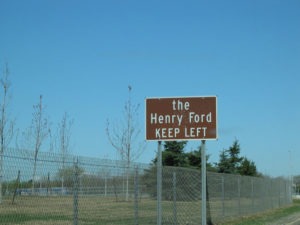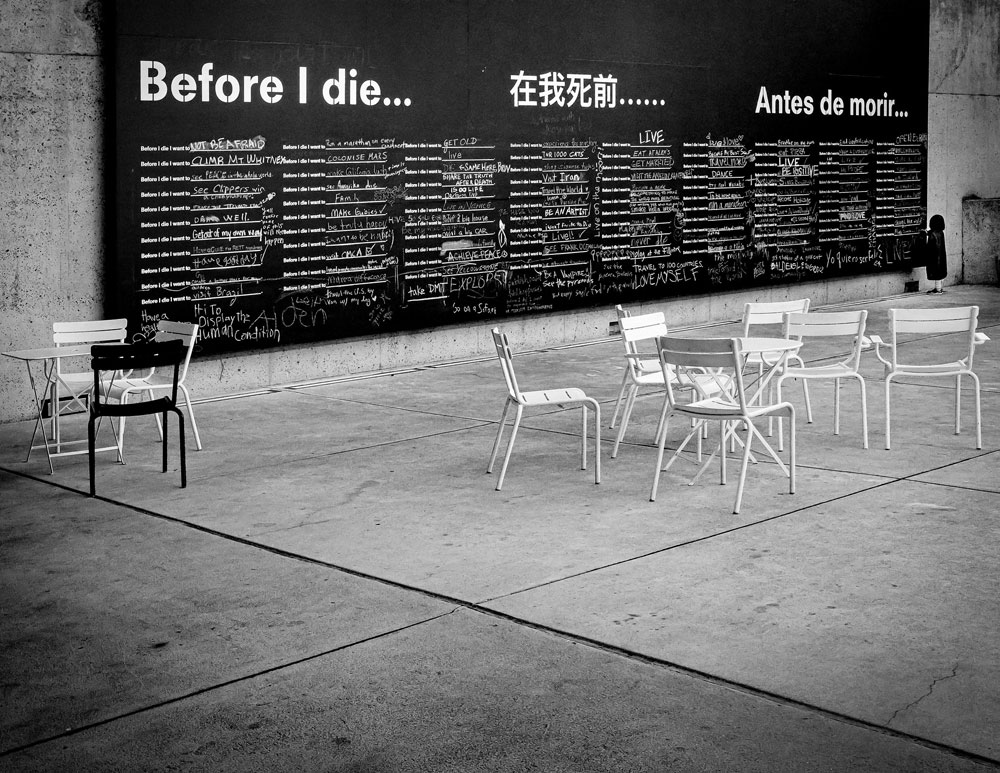June 4, 2015;San Mateo Daily Journal
What do city planners do with buildings after they have served their purpose? They demolish buildings to make way for new and improved buildings. But what about other architectural structures, such as opera houses or places of worship or bridges? What happens to them when advances in technology make them obsolete?
The Oakland Bay Bridge, which serves as the link between San Francisco and Oakland in Northern California (and has linked the two cities for 82 years), recently unveiled a new span on the Oakland side of Yerba Buena Island, the midway point of the bridge. Built between 2002 and 2013, and unveiled to the public on September 2, 2013, this replacement span is engineered to withstand a larger earthquake than the one that caused a section to collapse during the Loma Prieta earthquake in 1989.
While the new span is a gift to the 240,000 drivers who use it every day to commute around the Bay Area, the old span is an eyesore. So, two years after the new span’s debut, the old span is finally coming down. But what will happen with 480 tons of steel?
Sign up for our free newsletters
Subscribe to NPQ's newsletters to have our top stories delivered directly to your inbox.
By signing up, you agree to our privacy policy and terms of use, and to receive messages from NPQ and our partners.
Don’t worry. The parts aren’t headed for the landfill. Instead, artists will have a chance to use some of the steel girders, rods, and rivets to make public art projects for parks, trails, bike paths, play grounds, public gardens, parking lots, and bus shelters. The steel will be cleaned and ready to be divvied out for free next year, and then artists will be on their own to cover costs for creating public art and finding a spot to display it.
San Francisco Bay Area artist Michele Pred plans on submitting a proposal to obtain some steel. “It’s a great opportunity for local artists to make use of something so symbolic and representative of the Bay Area,” she explained.
The project is being overseen by the Oakland Museum of California, the Toll Bridge Program Oversight Committee, Caltrans, and the Metropolitan Transportation Commission/Bay Area Toll Authority. John Goodwin, MTC/BATA Spokesperson explained the steel’s appeal: “Over the years, well before demolition even began, artists approached transportation agencies about using the Bay Bridge steel in various ways.”
What would you create if you had access to a portion of the Bay Bridge steel? Check out the project at www.BayBridgeSteel.org, and if you have an idea, send a drawing or photo to [email protected].—Debbie Laskey


